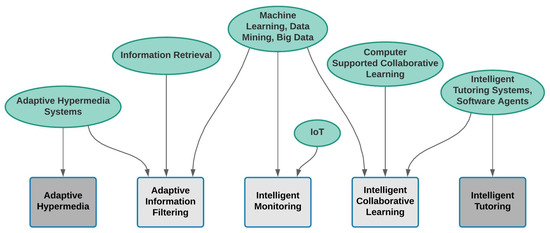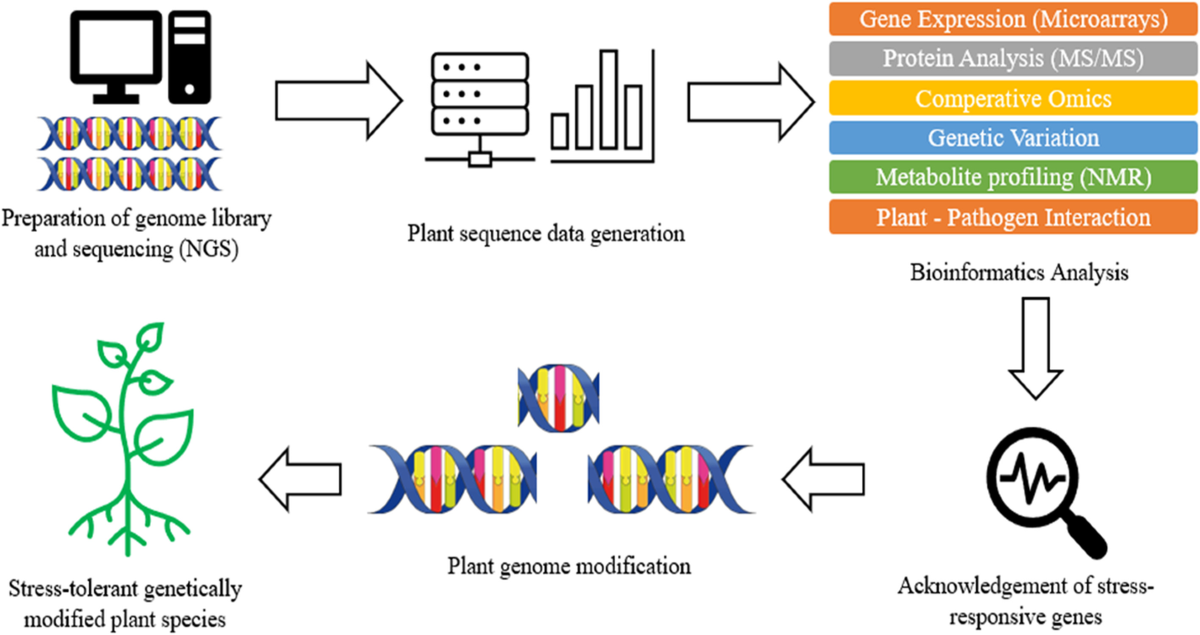More About Bioinformatics Tutor
More About Bioinformatics Tutor
Blog Article
A Biased View of Bioinformatics Tutor
Table of ContentsThe Single Strategy To Use For Bioinformatics TutorThe Only Guide for Bioinformatics TutorSee This Report about Bioinformatics TutorTop Guidelines Of Bioinformatics TutorAll about Bioinformatics Tutor
Of the overall participants entailed in the training, 80% were trainees from public greater education and learning institutions, while the continuing to be 20% came from private organizations. To qualify for a certification of participation, pupils were needed to participate in at the very least 90% of the total training hours. As a result of this need, an impressive 95% of the participants effectively acquired their certifications, having not only satisfied the minimum attendance requirements yet likewise finished all assigned activities throughout the training.
During the elevation of the COVID-19 pandemic, particularly in between June and August 2020, the task group was tasked with organizing specialized training in bioinformatics. This training was specifically targeted at students from the research study team Nucleus for Research study in Applied Computer at the Federal University of Pará (UFRA) The adjustment to remote knowing systems due to the pandemic produced a possibility to check out brand-new teaching methods and electronic tools that improved both reach and performance.
This program was developed to provide an obtainable yet detailed summary of Artificial Intelligence strategies, particularly as used in bioinformatics (Bioinformatics Tutor). This online format made it possible for involvement from students throughout Brazil, many of whom might not have had the opportunity to attend in-person sessions.
How Bioinformatics Tutor can Save You Time, Stress, and Money.
A notable feature of this program was its focus on hands-on learning. About 50% of the overall training hours were committed to useful tasks where students developed smart versions and applications in a variety of scientific domains, consisting of genes, molecular biology, and environmental data evaluation. Widely utilized structures and devices such as Spyder, Google Colab, Jupyter Notebooks, and Orange were integrated right into the coursework. These systems enabled students to take part in real-time information adjustment, model training, and algorithm testing.
The program drew in 80 participants in overall. Sixty of them were connected with numerous greater education and learning establishments in the state of Pará, while the continuing to be twenty originated from institutions located in 5 other Brazilian states. This broad geographical depiction highlighted the national rate of interest in bioinformatics and the growing demand for specialized skills in this field. By introducing Artificial Intelligence in a pertinent and practical context, the effort served to bridge the gap in between concept and real-world application, supplying trainees with a solid foundation for future research or work in the area.
The training campaign developed part of a more comprehensive academic outreach initiative referred to as the Bioinformatics when driving task. This job has, over the years, presented lots of students to the globe of bioinformatics and computational biology. The events held under this umbrella campaign have occurred throughout numerous regions and years, as summarized in Table 1 (Listing of occasions, places, years, and total varieties of students and teachers)
One of one of the most amazing end results of the Bioinformatics when traveling effort has actually been its contribution to the development of decentralized research study teams. Several of these teams, initially united by their involvement in training occasions, have since gone on to generate independent scientific study in partnership with neighborhood academic establishments. The training not only promoted clinical reasoning within the context of bioinformatics but likewise stimulated collective relationships that prolonged past the training atmosphere. These cooperations have brought about enhanced regional clinical productivity and added meaningfully to the growth of the broader bioinformatics neighborhood in Brazil.
The Bioinformatics Tutor Statements
The job itself was conceived and arranged by megabytes and RR, who managed the preparation and application of each action. Lectures were provided by a multidisciplinary team consisting of MB, FA, EF, KP, JS, DM, SN, LP, LG, AIR CONDITIONING, IH, and RR. The same group, leaving out IH and RR, additionally functioned as tutors for the functional training modules. Funding for the project was offered with the grant 88887.200562/ 2018-00 from CAPES. The writers expand their gratefulness to every person who added to the realization of this task, whether straight or indirectly, considering that its creation.
The Federal University of Pará's Workplace of Study (PROPESP/UFPA) likewise gave monetary assistance, particularly for the manufacturing of the last manuscript. The authors proclaim no monetary or commercial problems of rate of interest that can have affected the research. All point of views and interpretations shared in this short article are only those of the authors and do get more not always reflect those of their corresponding institutions, the author, editors, or customers included in the magazine process.

Bioinformatics Tutor Things To Know Before You Get This
From a pedagogical viewpoint, the mentor approach made use of in the training was intentionally interactive. Courses were conducted in a way that urged pupil engagement and conversation, going beyond memorizing memorization to explore exactly how concepts are developed, used in every day life, and evaluated in scholastic settings. The training ideology concentrated on supporting both solid and struggling trainees, providing personalized assistance, and recommended you read structure confidence with continual mentorship and patience.

Each group, containing about 36 participants, was sustained by three mentors-- a lot of whom were postdoctoral researchers with customized know-how. These coaches not just assisted design the team projects however also promoted their execution, making certain that each research inquiry was both appropriately challenging and appropriate. The goal was to supply a naturally reasonable context that individuals could discover through flexible objectives and access to curated datasets.
For added insights into the method and outcomes of this project-based discovering approach, visitors are directed to S1 Text, that includes thorough descriptions of the instructional structure, evaluation methods, and project styles made use of in the training sessions.
All about Bioinformatics Tutor
Of the overall individuals included in the training, 80% were pupils from public greater education and learning institutions, while the remaining 20% came from private organizations. To qualify for a certificate of involvement, pupils were called for to participate in at the very least 90% of the complete training hours. Notably, past the students who enrolled in the training sessions, seven skilled site web trainers took part in providing the programs, while three devoted research professors coordinated the general training process. Roughly 50% of the total training hours were dedicated to practical tasks where pupils constructed smart designs and applications in a variety of scientific domains, consisting of genes, molecular biology, and environmental data analysis. The training not only fostered clinical reasoning within the context of bioinformatics however likewise sparked collaborative relationships that expanded past the training atmosphere.
Report this page